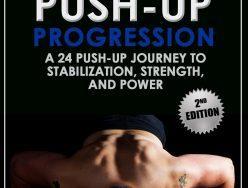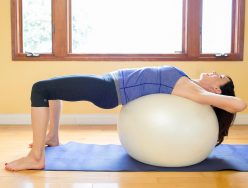Why Your Clients May Not Be Able To Feel The Exercise You Are Doing With Them?
Have you ever had a client that just couldn’t feel the exercise where you wanted them to? Every time you would do a chest press, all they could feel were their deltoids. Or if you did deadlifts, they only felt their hamstrings, never their glutes. You tried cueing them differently or changing how they would do the exercise, but still, they just couldn’t feel the muscles you were trying to work.
As a personal trainer, this can be a frustrating thing. You want your clients to have a great experience when they workout with you, and they do, for the most part. But you want it to be even better. You want them to feel how you feel when you workout–strong, capable, energized. And yet, despite your best efforts, they don’t. Something is still off.

























